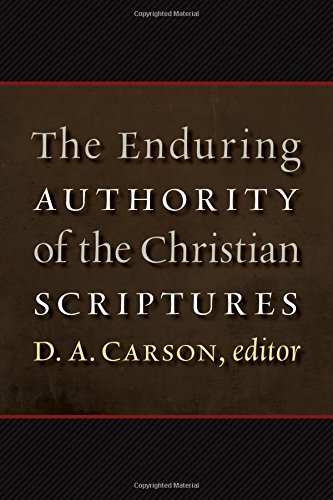A Brief Book Summary from Books At a Glance
Editor’s Note: Today we continue our series of “bonus” summaries covering all thirty-six chapters of the monumental volume, The Enduring Authority of the Christian Scriptures (D.A. Carson, ed.).
Chapter 34: Buddhist Sutras and Christian Revelation
by Harold Netland and Alex G. Smith
(Summarized by Paul Wilkinson)
Netland and Smith seek to demonstrate the differences in understanding of scripture between Buddhism and Christianity as a function of worldview. To show this, they begin by sketching a history of Buddhism’s origins, its development into various traditions, and the set(s) of texts each claim as authoritative. The traditions presented are Theravada Buddhism, Mahayana Buddhism, Vajrayana and Tibetan Buddhism, and Buddhist Modernism. The authors mention the tendency of Ch’an Buddhism and Zen Buddhism to push truth and authority outside of the written word.
Because of the varied traditions within Buddhism, no standard view of scriptures exists. The closest thing to a standard is the buddhavacana, “or the word of the Buddha, which is itself an expression of the eternal Dharma.” (1102-3) But the word of Buddha fluctuates by tradition. The Theravada tradition emphasizes originality, appealing to those texts traceable to a Buddha. The Mahayana tradition considers any expression of truth as authoritative. Thus, whatever experience or statement is in accord with the word of Buddha becomes authoritative. The authors conclude that. . .
[To continue reading this summary, please see below....]The remainder of this article is premium content. Become a member to continue reading.
Already have an account? Sign In
